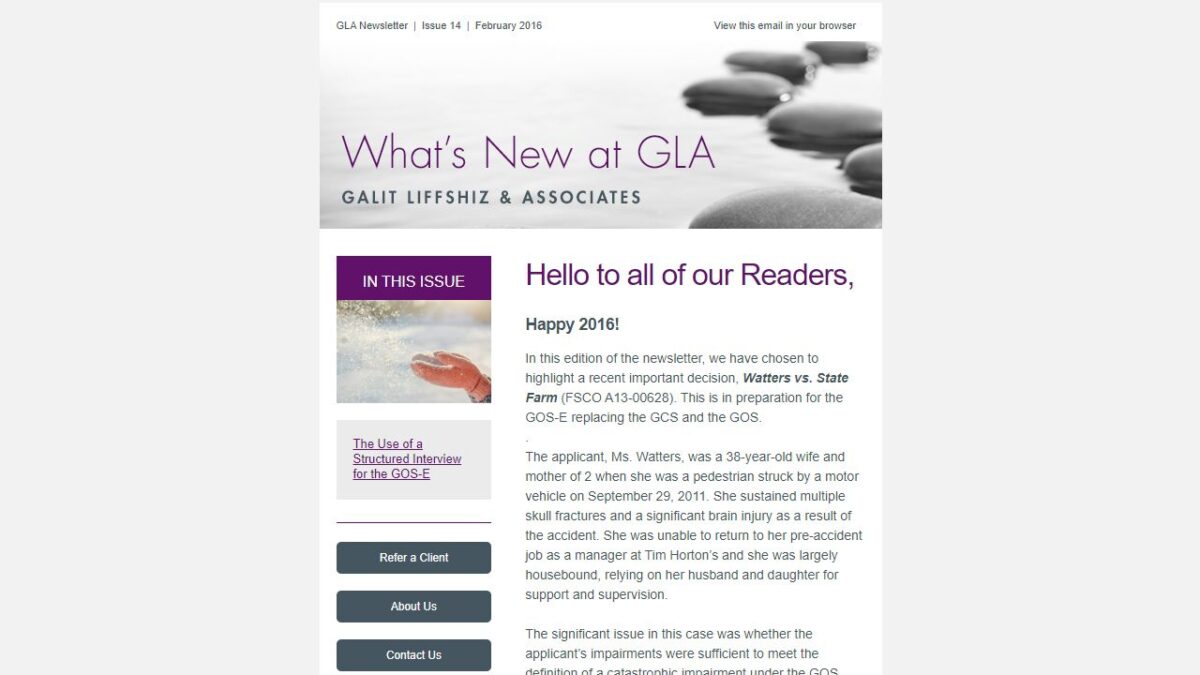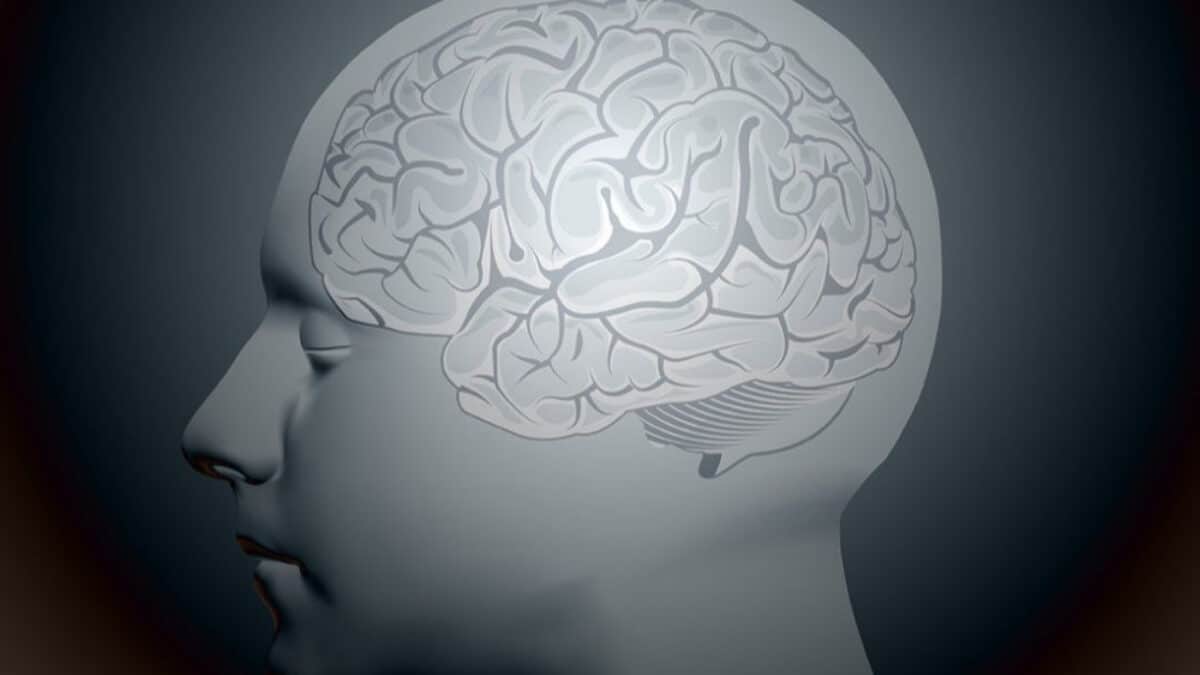Understanding the Chinese Culture From a Service Provider’s Perspective

One of the greatest things about Toronto is its diversity.
Toronto is recognized as the most diverse city in Canada, and often renowned as ‘the most multicultural city in the world’.
According to the 2011 Census, just over one half of all Toronto’s residents (51%) were born outside of Canada, as this city has been consistently a major immigration destination in the country. Given the statistics, it is not surprising that Toronto is also a mosaic of languages, with over 160 mother tongues identified and spoken within the Toronto Metropolitan Area.
Such a multi-cultural society with individuals and families from different cultures, languages, beliefs and customs can sometimes pose a real challenge for service providers.
While it is unlikely that we would have in-depth knowledge of the cultures of all the clients and cultural communities we serve, it is crucial that we keep an open-minded attitude of learning and support in order to provide client-centred and culturally sensitive care to diverse clients.
Understanding customs of a particular culture helps to avoid misunderstandings and enables the rapport-building process between clients and therapists.
The Chinese community is one of the largest cultural groups in Toronto, and Chinese languages were cited as the top 15 non-English home languages in Toronto.
Below are some things that service providers need to be aware of when accessing and treating clients and families from the Chinese culture, though keeping in mind that every Chinese individual and family is also unique in their own ways.
Languages & Dialects:
Language barriers are probably the most commonly cited problem by Chinese immigrants. While Mandarin and Cantonese are undoubtedly the most commonly used Chinese languages, did you know that there are more than 200 individual dialects in spoken Chinese? Other Chinese dialects include Hakka, Fukien, Shanghainese, Taiwanese, Taishanese and many more!
Hence, for any service providers seeking interpreting services for spoken Chinese, simply referring to the ‘Chinese language’ is too vague, for there is a multitude of languages and dialects spoken in China depending on the geographical location.
Finding out exactly what dialect(s) the client and/or the family speak demonstrates your sensitivity and respect for the dialectal differences among Chinese people, and it also helps to find the right interpreter that is qualified in the specific type of dialect being used.
Subcultures:
Just like spoken Chinese, there are also many subcultures within the general Chinese culture. That is, Chinese people who emigrated from Hong Kong have a very different cultural background versus Chinese who originated from Mainland China or Taiwan.
Since Hong Kong was under British rule for 156 years, there are many cultural, social, and political differences when compared to some parts of Mainland China.
Likewise, cultural values and beliefs can also differ between immigrant generations, with first-generation Chinese Canadians typically holding more traditional cultural values than second-generation Chinese Canadians.
Thus, questions such as “which part of China did you come from?” or “how long have you been in Canada?” are important to ask in order to gain a better understanding of your clients from a cultural context.
Non-verbal Communication:
You might have heard before that 93% of all daily communication is non-verbal, and this is certainly true for the Chinese community.
Chinese people rely heavily on body movements, posture, facial expressions and eye contact in their communication. It is important to understand the meaning behind Chinese nonverbal expressions as it can entail a completely different meaning in another culture.
For instance, making eye contact in North American culture indicate that one is giving their full attention. However, it is considered disrespectful or an intimidation in the Chinese culture to stare into another person’s eyes.
Smiling is accepted as a positive reaction or an agreement to North Americans, but sometimes Chinese people smile when they feel embarrassed of shy.
Frowning, even a slight one, during conversation is often taken as disagreement; therefore most Chinese try to maintain an impassive expression during conversation to avoid misunderstanding and to maintain harmony.
The Importance of “Face”:
The concept of ‘face’ is one of the most important concepts to understand when interacting with Chinese people as it is in the heart of the Chinese culture.
“Face” can be roughly translated to as ‘honor’, ‘good reputation’, or ‘dignity.’
Because the Chinese operates from a shame-based culture, it is critical that they avoid losing face or causing the loss of face for another person at all times (they also value ‘shared face’).
The following are some common ‘face-losing’ situations in which service providers may encounter when serving the Chinese community:
- Revealing someone’s lack of knowledge or ability (e.g. telling them they have poor English, or getting them to disclose their problems)
- Openly criticizing, challenging or disagreeing with someone
- Turning down an invitation outright
- Openly showing a strong emotion (e.g. anger) in public instead of maintaining a calm demeanor
To avoid some of these face-losing situations, service providers can consider communicating less directly and explicitly (e.g. offering another perspective rather than disagreeing directly), though ensuring they have proper understanding of what you are saying by asking if they have any questions or if you need to repeat the information.
Filial Piety:
The Confucian tenant of ‘filial piety’ is defined as a virtue of respect for one’s parents, elders, and ancestors.
Most Chinese are taught very early on to respect their elders since Chinese families are often built on a hierarchical system. Therefore, it is not uncommon to see multi-generations living under the same roof (so that it is easier for children to take care of their Chinese parents or grandparents), and for everyone in the family to be well informed of the client’s care.
To demonstrate this virtue as service providers, always greet the oldest person first in meetings, and avoid addressing elders on a first-name basis.
In addition, sometimes we may violate this virtue by first approaching our client’s adult children who can speak English during discussions in the rehabilitation process, rather than including the client themselves. This would be perceived as a lack of respect or disregard for elders, and notably also hinder client-centred care.


